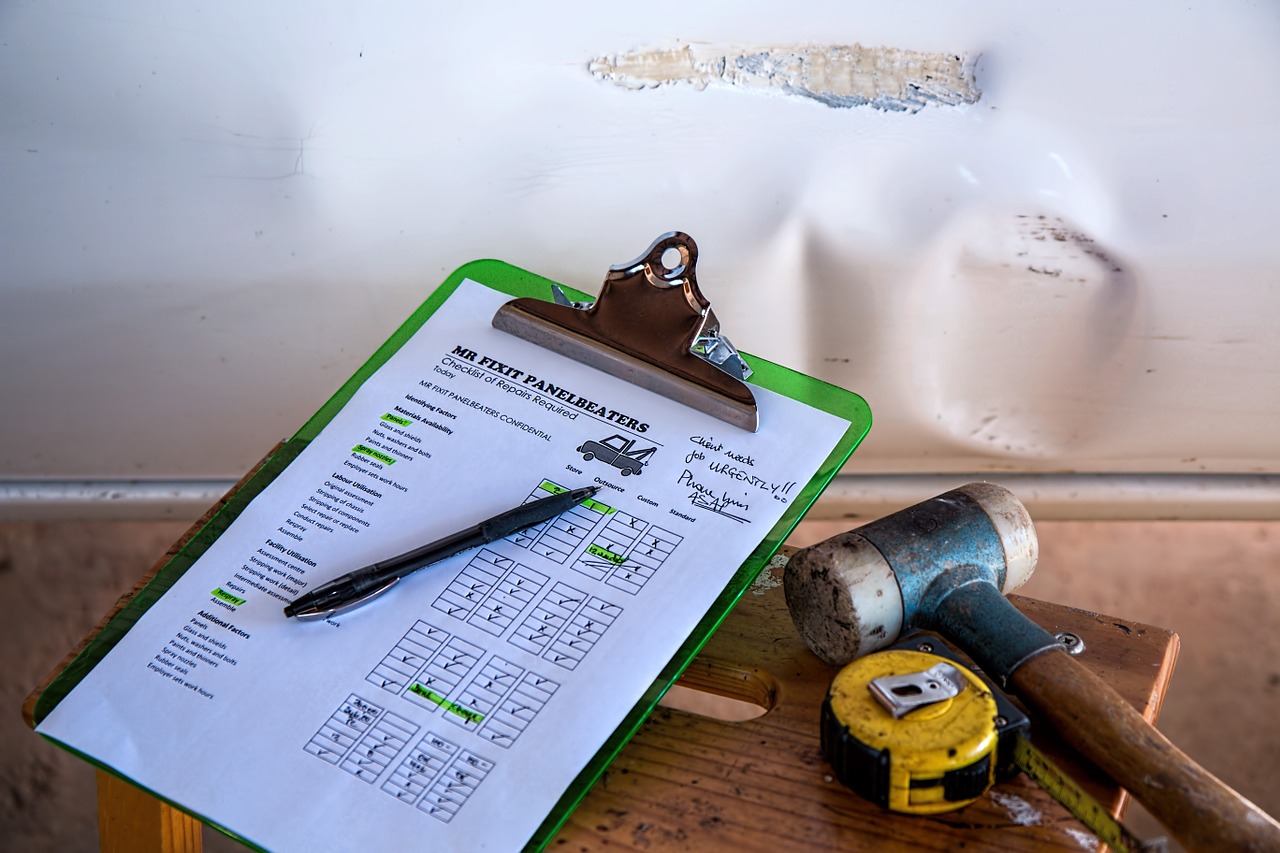
There are a few different types of traditional dent repair. One type of repair is called “pushing and pulling”. This is where the technician uses two metal rods to push and pull the dent out of the car. The second type of repair is called “tapping and shrinking”. In this type of repair, the technician taps on the dent with a tool and then uses a heat gun to shrink the metal. The third type of repair is called “cutting and welding”. This type of repair is usually used for bigger dents. The technician cuts out the dent and then welds a new piece of metal in its place.
On the other hand, paintless dent repair (PDR) is another type of repair that is done without damaging the paint on the car. It is a popular choice for dent repair because it is cheaper and faster than traditional dent repair.
But which is more practical? Today we’re going to talk about PDR vs. traditional dent repair so you can determine which is the better option for your car’s dent problem.
When Is PDR A Practical Choice?
Paintless dent repair (PDR) is a popular choice for dent repair according to most experts, but not all dents can be fixed with this method. So what are the factors that determine when the PDR method can be used?
There are three main factors that determine whether or not PDR can be used to fix a dent: size, location, and severity. The size of the dent is important because if it is too large, then the PDR method may not be able to fix it. Also, the location of the dent is also important because if it is located in a difficult-to-reach place, then it may be difficult or impossible to fix with PDR. In addition, the severity of the dent is important because if it is too severe, then the PDR method may not be able to fix it.
If all these things do not meet the criteria, then that’s the only time you’ll have to consider the traditional dent repair option for your car.
What Are The Advantages Of These Respective Methods For Fixing Car Dents?
The advantages of paintless dent repair are that it is cheaper, faster, and less damaging than traditional dent repair. The disadvantages of traditional dent repair are that it is less effective than paintless dent repair, it is less durable than paintless dent repair, and it is less reliable than paintless dent repair. On the other hand, traditional dent repair is the best option for bigger dents, dents with sharp creases in the metal, and dents in difficult-to-reach places.
The Bottom Line
When talking about the topic of PDR vs. traditional dent repair, the former clearly outweighs the latter in terms of benefits. But that doesn’t mean the traditional method is still out of the discussion since you can still opt for this procedure IF the situation calls for it. Yet, the PDR method is still the more practical method since it’s cheap, it causes less “disturbance” to the car’s body, and it’s less time-consuming to do. So if you’re in need of this procedure, call Hail Free Solutions today at (720)-483-7979 and find out how they can help fix that dent on your car’s body.





